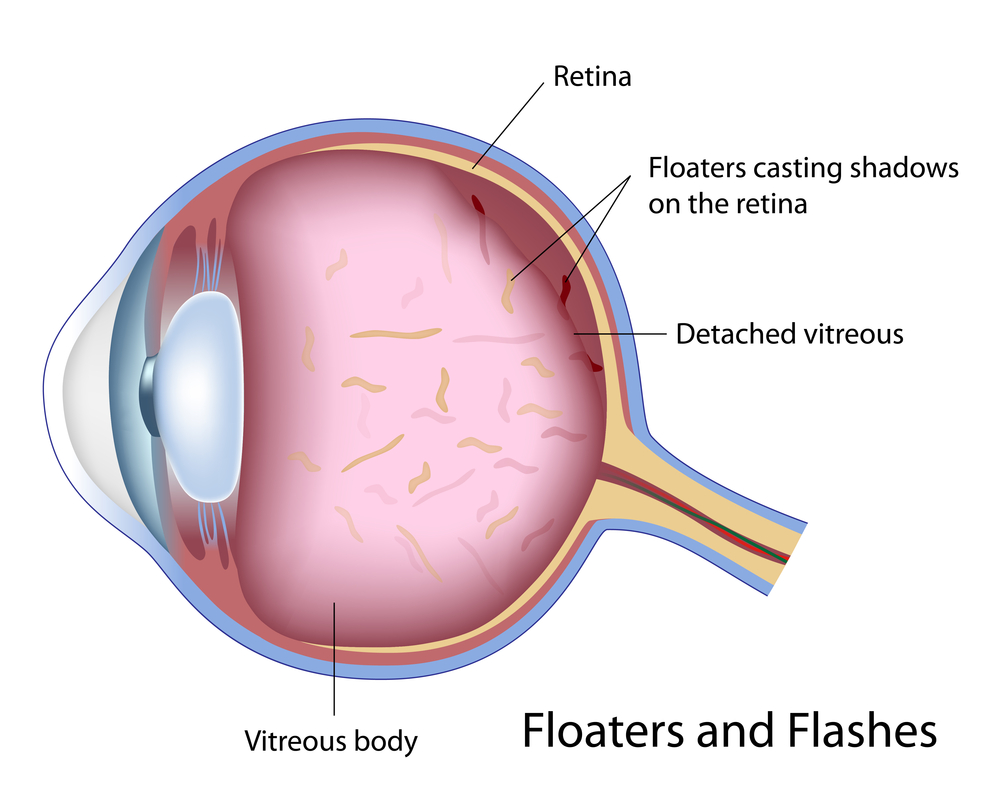Understanding Common Retinal Conditions and Their Impact on Vision
This article offers a comprehensive overview of retinal health, highlighting common retinal disorders such as tears, detachment, diabetic retinopathy, and degenerative diseases. It underscores the significance of early detection and prompt intervention to prevent irreversible vision loss. Understanding symptoms and seeking timely ophthalmic care are crucial for maintaining optimal eye health and preserving vision.
Sponsored

The retina, a delicate layer of nerve tissue, is part of the central nervous system and is the only visible component from outside the body. It contains approximately 125 million light-sensitive cells called cones and rods, distributed unevenly. Cones enable color perception and sharp vision, while rods respond to low light but do not perceive color. Light signals undergo chemical and electrical transformations, eventually translating into visual images processed by the brain through the optic nerve.
The retina's rich blood supply makes it a key indicator of overall health, often reflecting systemic diseases. Central areas like the macula and fovea are critical for sharp vision. Various factors can affect retinal health, manifesting symptoms such as floating spots, peripheral vision loss, blurriness, or straight lines appearing wavy. Recognizing these signs early by consulting an eye specialist is vital, as untreated conditions can lead to permanent blindness.
Common retinal issues include diabetic retinopathy, retinal tears, detachments, epiretinal membranes, macular holes, macular degeneration, and retinitis pigmentosa—all potentially leading to vision loss. Retinal tears occur when vitreous contraction pulls the retina, causing a tear; fluid then accumulates behind, risking detachment. Diabetes can cause blood vessel damage, resulting in leakage and bleeding. Other conditions like epiretinal membranes and macular holes involve abnormal tissue growth or tissue contraction affecting vision. Degenerative diseases like macular degeneration and retinitis pigmentosa progressively destroy retinal tissue, emphasizing the importance of early diagnosis and treatment.






